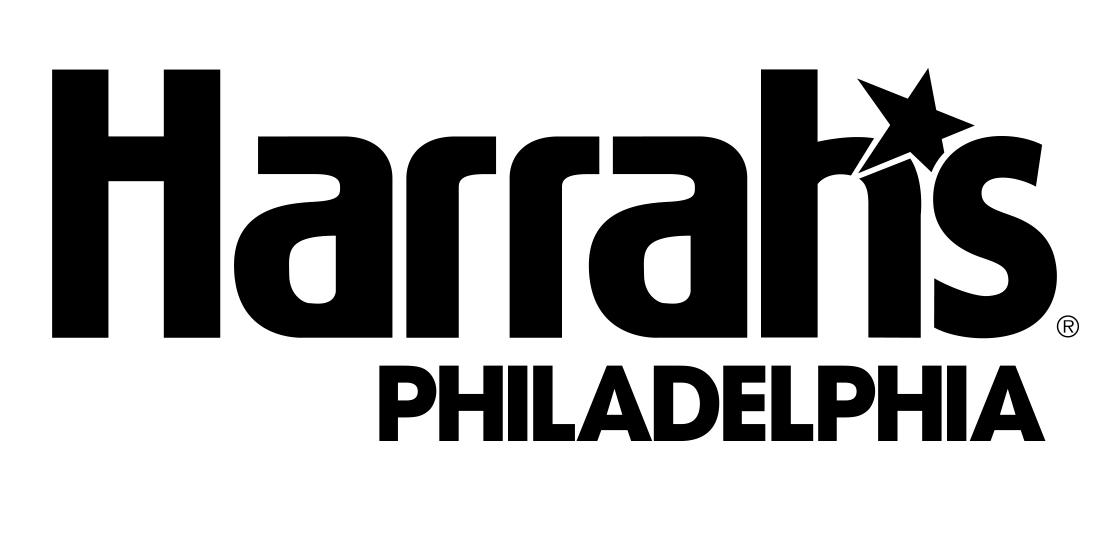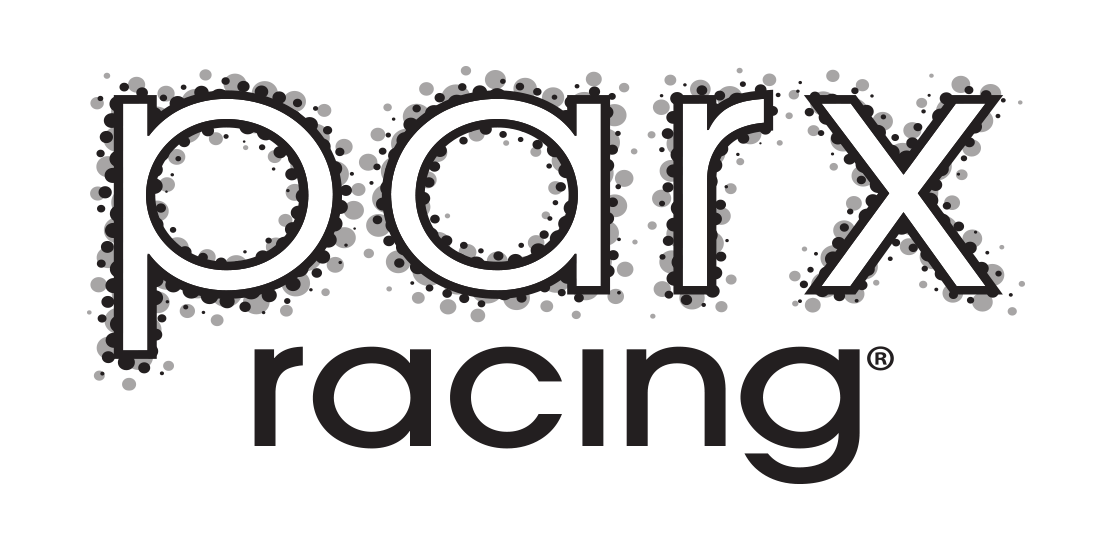In our first story, we talked about the production of young racehorses in Thoroughbred and Standardbred racehorses, and the major difference in the way the two breeds produce their champions of tomorrow.
One area of the breeding process where the sulky set and the runners are “in sync” is in the timing of breeding operations – when is the best time to breed (or “breed” through AI) a stallion to a mare, and what is the best time for a newborn foal to come into the world.
Here is the most important piece of information – ALL racehorses have a birthday on January 1.
So, if you are a baby horse and are born in February, you become one year old on January 1. If you are born in May, you become one year old on January 1. If you are born at 11:30 p.m. on December 31, you become one year old on January 1. (The proper names for horses less than one-year-old, by the way, are “sucklings” if they are still nursing from their mother, and “weanlings” once the sad [for both parties] day comes when mother and child must separate to continue on with the lives, and the young ‘uns are “weaned” off their mother’s milk.)
It is thus an obvious maturity advantage to be born early in the year, especially since horses at two (the earliest age for racehorse competition) and three primarily race among themselves. In a race for two-year-olds in July, a horse born in February is 29 months old, while a horse born in August is only 23 months old, and developmentally the younger horse is at a disadvantage.
Therefore, with an 11-month gestation cycle for equine mares, most “stud barns” open for breeding in the latter part of February (you don’t want to cut it too close and have a premature, 10-month-foal born in December, because she or he will in effect be a “year behind” their “contemporaries”), and the major months of breeding are March through early June, resulting in foals who hit the ground in February through May.
The racehorse business has been set up that a majority of yearlings that are not to be retained by their breeders are sold at major auctions, and those auctions tend to take place in the fall. It takes on average 6-10 months to teach an average horse the rudiments of the racing game and then hone them down to sharpness – the significant races for two-year-olds usually don’t start until July. And just as in human life, some learn a little more slowly, or need more time to develop physically, so they may not start racing until they are three.
A relatively new phenomenon is the “dual-hemisphere stallion.” Racing is extremely popular in Australia and New Zealand, and since they are below the equator, their months are inverted from North America’s (the racing season can be from August 1 until July 31). For many top-level stallions, with “shipping” (really air flight) much safer and convenient, some stallions “serve a season” in North America and then fly “Down Under” for those countries’ breeding seasons.
These horses thus are at stud about eight months a year. We haven’t heard any complaints from them yet. To learn more visit PHRA’s Breeding Basics page and the Breeding Glossary.











